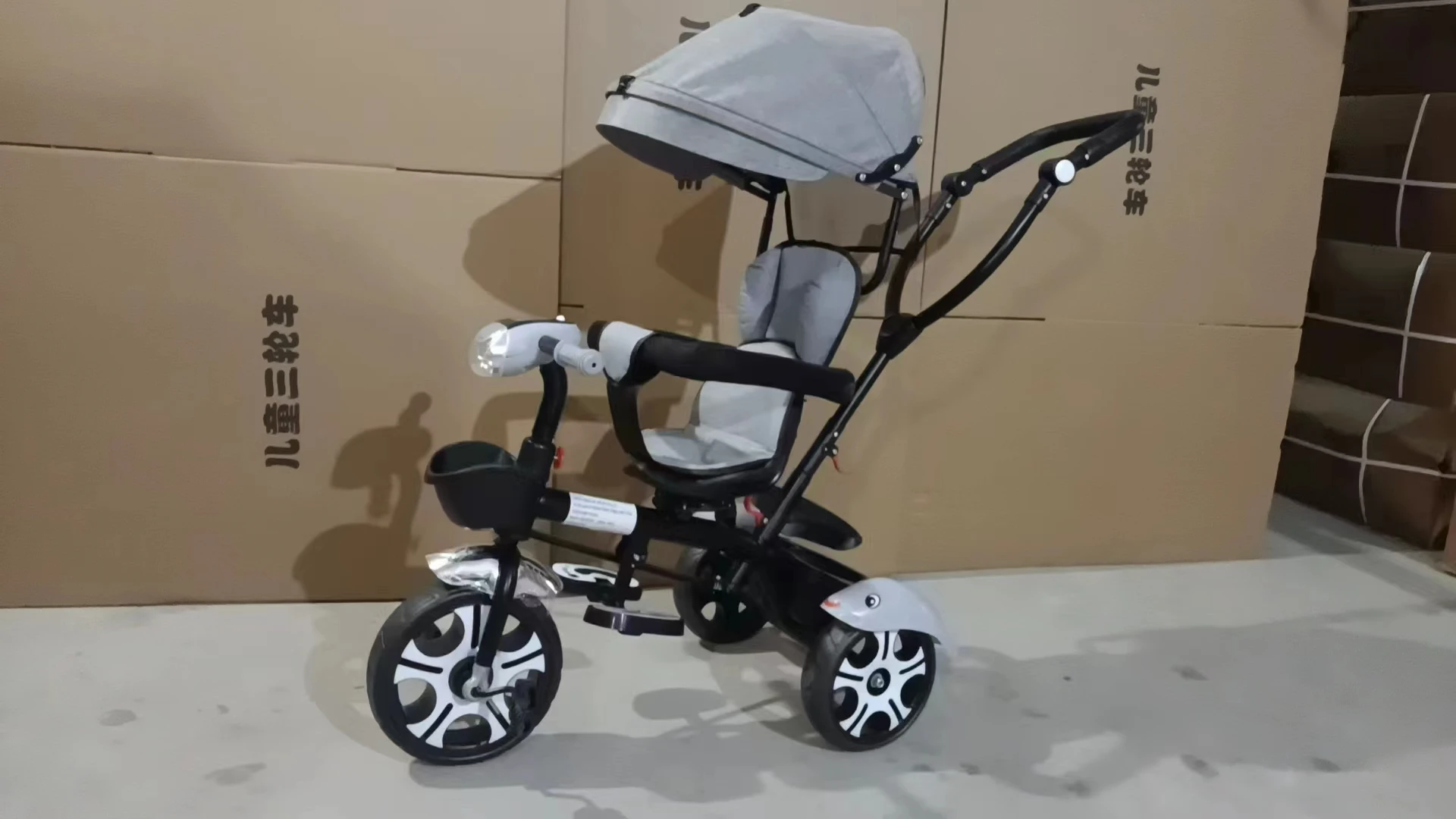Feb . 20, 2025 03:55 Back to list
derailleur on mountain bike


Once tension is sorted, adjust the limit screws. These screws dictate the furthest points the derailleur can move, preventing the chain from falling off either side of the cassette. Use the high limit screw to control the outward movement towards the smallest cog, and the low limit screw for the largest cog. Make small adjustments, checking shifts after each tweak to ensure the chain moves smoothly. Turning your attention to the front derailleur, ensure it is parallel to the chainrings and adjusted to the correct height—typically 1mm to 3mm above the largest chainring. Misalignment here can cause chain rub or poor shifting between chainrings. Similar to the rear, the front derailleur has its tension and two limit screws to manage. Start with the chain on the smallest chainring and largest rear cog. Adjust the low limit screw so the derailleur cage is close to the chain without rubbing. Shift to the largest chainring and smallest rear cog, then adjust the high limit screw similarly. Cable tension is adjusted similarly, with slight turns of the barrel adjuster. Finally, test your adjustments. Manually cycle through all the gears, listening for any noise or resistance that indicates improper alignment or tension. A test ride is invaluable, as real-world conditions can highlight issues not apparent in a static test. Pay close attention to your shifts up and down the cassette while retaining a smooth pedal cadence. Regular maintenance is key. Ensure your derailleur is kept clean and lubricated. Dirt and debris can cause sticking or misalignment, so frequent cleaning is advisable. With practice, adjusting your mountain bike's derailleur becomes second nature. This not only enhances your riding experience but also deepens your connection to the machine beneath you, empowering you to tackle any trail with confidence.
-
In-Depth Guide to Ebike Frames: Design, Use & Future Trends
NewsNov.25,2025
-
Discover Top E Bike Brand Insights, Specs & Future Trends | Yanline Bike
NewsNov.24,2025
-
Green E Bike – The Future of Sustainable Urban Mobility
NewsNov.24,2025
-
Ruffian eBike: Durable, Efficient Electric Bikes for Modern Mobility
NewsNov.23,2025
-
Comprehensive Guide to the Global E Bike Market and Future Trends
NewsNov.23,2025
-
Understanding Electric Bicycle Range: A Complete Guide for Smarter E-Bike Use
NewsNov.22,2025
-
Ceron Electric Bike – Efficient, Sustainable Urban Mobility Solutions
NewsNov.22,2025




